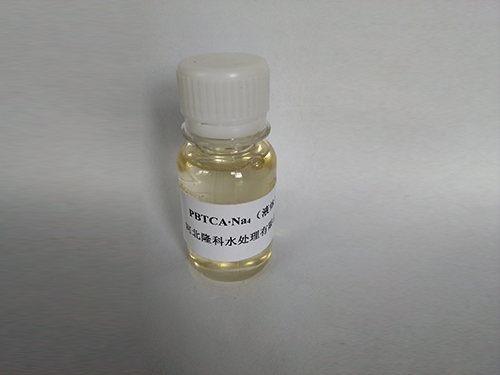Innovative Applications of Polyacrylamide Flocculants for Effective Water Treatment Solutions
Polyacrylamide Flocculant in Water Treatment An Overview
Water treatment is an essential process that ensures clean and safe water for drinking, agricultural, and industrial use. Among various methods employed for water purification, the use of flocculants has emerged as a highly effective technique. One of the most widely utilized flocculants is polyacrylamide. This synthetic polymer has gained significant attention in the water treatment industry due to its effectiveness in promoting the aggregation of suspended particles, thereby enhancing the overall quality of water.
Polyacrylamide Flocculant in Water Treatment An Overview
One of the primary advantages of using polyacrylamide as a flocculant is its versatility. It can be employed in various applications, from municipal wastewater treatment plants to industrial processes such as mining and oil recovery. In municipal applications, PAM helps in the treatment of sewage, removing solid waste and pathogens, thus ensuring that the effluent released into the environment meets regulatory standards. In industrial settings, it assists in the recycling of water, minimizing resource wastage, and reducing environmental impact.
polyacrylamide flocculant water treatment

The application of polyacrylamide in water treatment can lead to significant improvements in the efficiency of the purification process. By enhancing the sedimentation rate of suspended solids, polyacrylamide reduces the time water needs to spend in treatment systems. This not only speeds up the purification process but also lowers operational costs. Additionally, the use of PAM can result in lower concentrations of residual pollutants in the treated water, improving its quality for reuse or discharge.
Despite these benefits, it is crucial to consider the environmental aspects of using polyacrylamide. The polymer must be carefully managed to prevent potential toxicity to aquatic life. Residual flocculant in treated water can pose risks if not adequately removed, leading to concerns about chemical exposure. Therefore, ongoing research is necessary to develop more eco-friendly alternatives or methods to enhance the biodegradability of polyacrylamide.
Another significant aspect to consider is the dosage and application of polyacrylamide in water treatment processes. The effectiveness of PAM is influenced by various factors, including water chemistry, the nature of the suspended solids, and the specific treatment goals. Therefore, it is imperative to conduct thorough assessments and optimize the application techniques to achieve the best results while minimizing potential negative impacts.
In conclusion, polyacrylamide flocculant plays a vital role in the modern water treatment landscape. Its ability to bind with suspended particles and enhance sedimentation makes it a valuable tool for improving water quality. However, the environmental implications of its use cannot be overlooked. Continued innovation and research are required to ensure that the benefits of polyacrylamide can be maximized while mitigating any adverse effects on ecosystems. As water scarcity and pollution continue to rise globally, the importance of effective water treatment solutions like polyacrylamide will only grow, making it an essential focus for researchers and practitioners alike.
-
Understanding Polycarboxylic Acids: Properties, Applications, and Future PotentialNewsJul.28,2025
-
Scale Inhibitor Explained: How to Protect Your System from Limescale and Hard Water DamageNewsJul.28,2025
-
Scale and Corrosion Inhibitors: Essential Chemicals for Industrial Water System ProtectionNewsJul.28,2025
-
Polyaspartic Acid: A Biodegradable Polymer for Sustainable ChemistryNewsJul.28,2025
-
Isothiazolinones: A Versatile Antimicrobial Class with Industrial Power and Regulatory ChallengesNewsJul.28,2025
-
A Deep Dive into 2-Phosphonobutane-1,2,4-Tricarboxylic Acid (PBTC)NewsJul.28,2025





